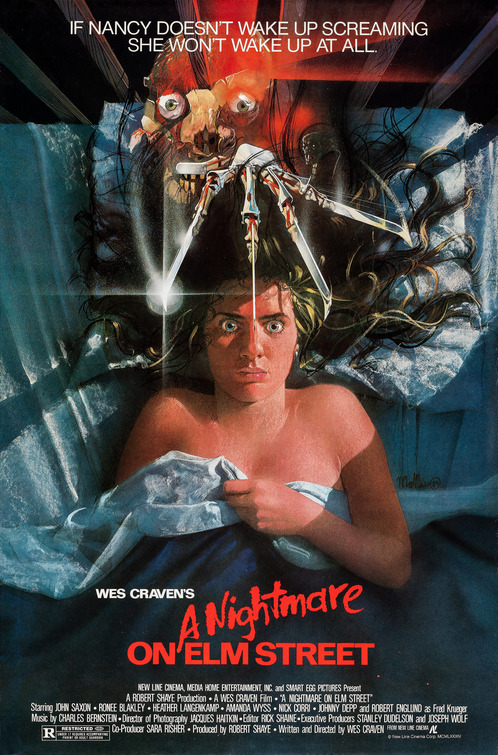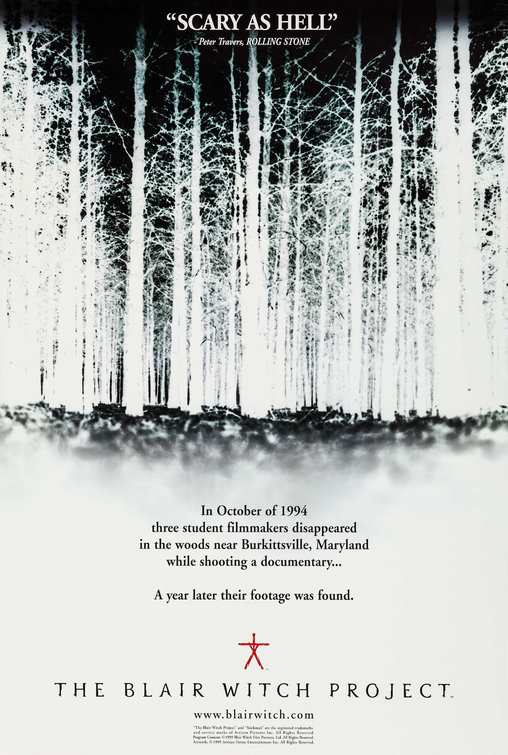Table of Contents
Introduction
Horror movie posters have a unique ability to captivate, terrify, and leave a lasting impression on viewers. They are more than just promotional materials; they are works of art that evoke the spine-chilling essence of the films they represent. As we delve into September 2024, the fascination with horror movie posters continues to grow, drawing in both collectors and casual fans alike. In this article, we’ll explore the history, significance, and most iconic designs in the realm of horror movie posters.
The Evolution of Horror Movie Posters
Horror movie posters have undergone significant evolution since the early days of cinema. In the beginning, these posters were simple, often featuring little more than the movie’s title and a few key images. However, as the horror genre grew in popularity, so did the complexity and creativity of its posters.
1. The Early Years (1920s-1940s)
The 1920s to the 1940s marked the birth of the horror movie poster as we know it today. Films like Nosferatu (1922) and Frankenstein (1931) set the standard with their eerie, gothic visuals. These posters were designed to draw in audiences with the promise of terror and excitement. The use of dark, foreboding imagery and bold typography became hallmarks of the genre.
2. The Golden Age (1950s-1970s)
The 1950s to the 1970s is often referred to as the “Golden Age” of horror movie posters. During this time, the genre saw an explosion of creativity and innovation. Posters from this era, such as those for Psycho (1960), Night of the Living Dead (1968), and The Exorcist (1973), became iconic pieces of pop culture. These designs often featured striking visuals, unsettling color schemes, and clever taglines that hinted at the terror within the film.
3. The Modern Era (1980s-Present)
The 1980s and beyond brought a new level of sophistication to horror movie posters. With the advent of digital technology, designers had more tools at their disposal, allowing for more detailed and complex designs. Posters for films like A Nightmare on Elm Street (1984), The Blair Witch Project (1999), and Hereditary (2018) pushed the boundaries of what horror movie posters could be. Today, these posters are not only collectible items but also respected pieces of art.
Why Horror Movie Posters Are So Captivating
What makes horror movie posters so alluring? There are several factors at play:
1. Psychological Impact
Horror movie posters are designed to tap into our deepest fears. Whether it’s the image of a menacing figure lurking in the shadows or a grotesque monster emerging from the darkness, these posters evoke a visceral reaction. They play on our anxieties and curiosity, compelling us to see the film to confront the terror head-on.
2. Artistic Expression
Many horror movie posters are stunning works of art in their own right. The best designs balance artistic creativity with the need to convey the film’s tone and content. From minimalist designs that rely on subtlety to those that are bold and graphic, horror movie posters showcase a wide range of artistic styles.
3. Cultural Significance
Horror movie posters often reflect the cultural and societal fears of their time. For example, the atomic age of the 1950s brought a slew of posters featuring giant monsters and apocalyptic themes, reflecting the anxieties of a world living under the shadow of nuclear war. Similarly, the 1970s and 1980s saw posters that played on fears of the unknown and the supernatural, coinciding with the rise of interest in the occult and paranormal.
Iconic Horror Movie Posters to Know
Certain horror movie posters have transcended their original purpose, becoming iconic symbols of the genre. Here are some of the most memorable designs:
1. Psycho (1960)

The poster for Alfred Hitchcock’s Psycho is as iconic as the film itself. Featuring a fractured image of Janet Leigh’s character, Marion Crane, and the ominous shadow of Norman Bates, the design captures the psychological horror at the heart of the movie. The stark contrast of black and white, combined with the bright red lettering, makes for a visually striking piece.
2. Jaws (1975)

Few posters are as instantly recognizable as the one for Jaws. The image of a massive shark rising from the depths to attack an unsuspecting swimmer is both terrifying and unforgettable. The minimalist design, with its stark use of space and color, effectively conveys the primal fear of the unknown lurking beneath the surface.
3. The Exorcist (1973)

The poster for The Exorcist is a masterclass in subtlety and atmosphere. It depicts Father Merrin standing outside the MacNeil home, bathed in an eerie glow. The image is unsettling not because of what it shows, but because of what it implies. The simple yet powerful composition draws viewers in, setting the stage for the horrors to come.
4. A Nightmare on Elm Street (1984)

Wes Craven’s A Nightmare on Elm Street has a poster that is as nightmarish as the film itself. The central image of a terrified Nancy lying in bed, with Freddy Krueger’s clawed hand reaching out above her, is both surreal and frightening. The use of vivid colors and disturbing imagery makes this one of the most memorable horror movie posters of all time.
5. The Blair Witch Project (1999)

The poster for The Blair Witch Project is a great example of how less can be more. The design features a grainy, black-and-white close-up of Heather Donahue’s face, with fear evident in her eyes. The minimalist approach, combined with the mysterious tagline, “Everything you’ve heard is true,” creates an aura of authenticity and dread.
Collecting Horror Movie Posters: Tips for Beginners
If you’re new to the world of collecting horror movie posters, there are a few things to keep in mind:
1. Authenticity Matters
When collecting horror movie posters, authenticity is key. Original posters from the film’s release are often more valuable than reproductions. Be sure to verify the authenticity of any poster before purchasing, especially if it’s being sold as an original.
2. Condition is Crucial
The condition of a poster can significantly impact its value. Posters that are in excellent condition, with no tears, creases, or fading, are more desirable to collectors. If you’re looking to invest in horror movie posters, it’s worth paying a premium for one in pristine condition.
3. Consider Framing
Proper framing can help preserve the condition of your horror movie posters while also enhancing their display. Acid-free mats and UV-protective glass are recommended to prevent damage from light and moisture.
4. Research Market Values
Before making a purchase, research the current market value of the poster. Prices can vary widely based on factors such as rarity, condition, and demand. Websites, auction houses, and collector forums can provide valuable information on pricing trends.
5. Start with What You Love
Collecting should be a passion, not just an investment. Start by collecting horror movie posters from films you love or designs that resonate with you. As your collection grows, you can expand to other genres or seek out more rare and valuable pieces.
The Future of Horror Movie Posters
As we look ahead to the future, the appeal of horror movie posters shows no signs of waning. In fact, the rise of streaming services and digital media has created new opportunities for poster design. Limited-edition prints, artist collaborations, and fan-made designs are becoming increasingly popular, offering collectors a wide range of options beyond the traditional movie poster.
Moreover, as the horror genre continues to evolve, so too will its promotional materials. The use of augmented reality (AR) and other digital technologies could revolutionize how we interact with and collect horror movie posters in the years to come.
Conclusion
Horror movie posters are more than just promotional tools; they are a visual representation of the fear, suspense, and excitement that the genre offers. From their early beginnings to their current status as collector’s items, these posters have captured the imagination of fans and collectors alike. As the horror genre continues to evolve, so too will the art of the movie poster, ensuring that this unique form of expression remains an essential part of cinematic history.
If you’re new to collecting, remember to start with what you love, pay attention to authenticity and condition, and take proper care of your posters. Whether you’re drawn to the classic designs of the Golden Age or the innovative posters of the modern era, there’s a place for every horror movie poster in a well-curated collection.
For more insights into the world of movie memorabilia, including tips on collecting and caring for your items, be sure to explore other articles on Glamour Script. Our platform offers a wealth of information on film history, pop culture, and the fascinating world of collectibles.
FAQs About Horror Movie Posters
Q1: What makes a horror movie poster valuable?
A1: The value of a horror movie poster is influenced by factors such as its rarity, condition, authenticity, and cultural significance. Original posters from the film’s release are generally more valuable than reproductions, especially if they are in excellent condition.
Q2: Are horror movie posters a good investment?
A2: While some horror movie posters can appreciate in value over time, it’s important to approach collecting as a passion rather than solely an investment. That said, rare and iconic posters in good condition can be a valuable addition to any collection.
Q3: Where can I find authentic horror movie posters?
A3: Authentic horror movie posters can be found at specialized retailers, online marketplaces, auction houses, and collector conventions. It’s important to verify the authenticity of the poster before making a purchase.
Q4: How should I care for my horror movie posters?
A4: To preserve your horror movie posters, store them in a cool, dry place away from direct sunlight. Consider framing them with acid-free mats and UV-protective glass to prevent damage from light and moisture.
Q5: Can I mix horror movie posters with other genres in my collection?
A5: Absolutely! Mixing horror movie posters with posters from other genres can create a dynamic and diverse collection. The key is to curate
your collection in a way that reflects your personal tastes and interests. Whether you focus solely on horror or incorporate a variety of genres, the goal is to create a collection that you’re passionate about.













































